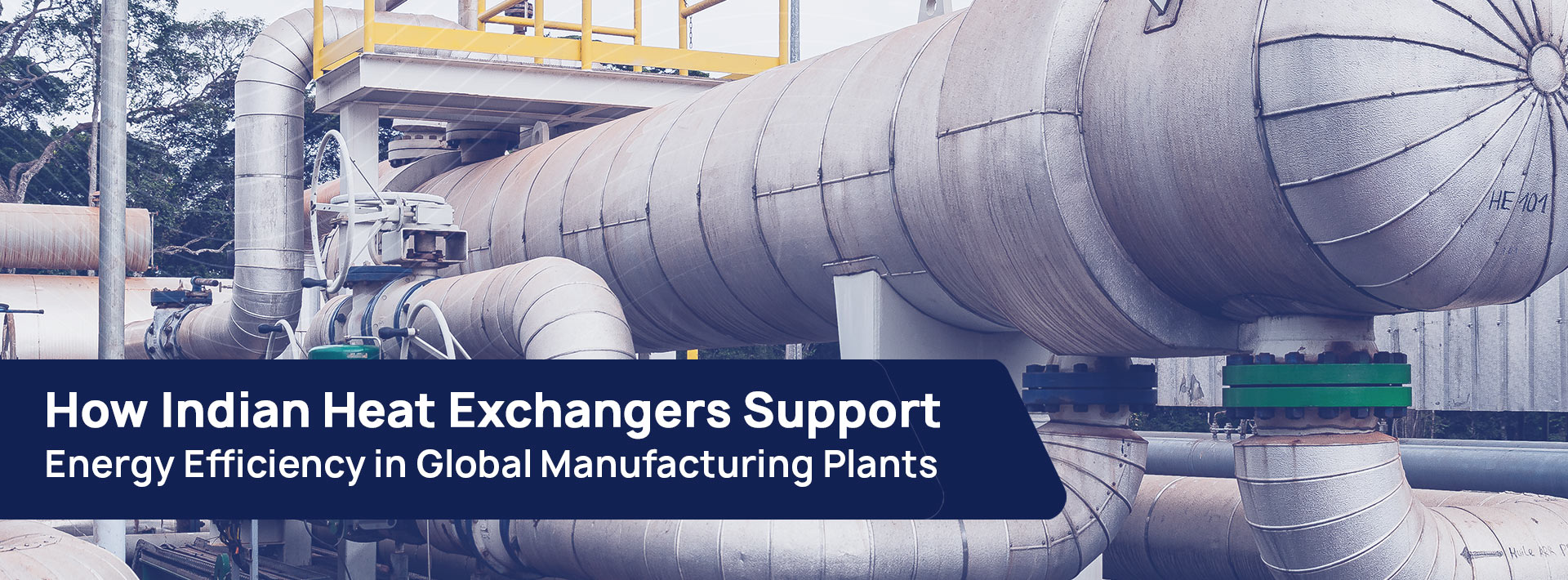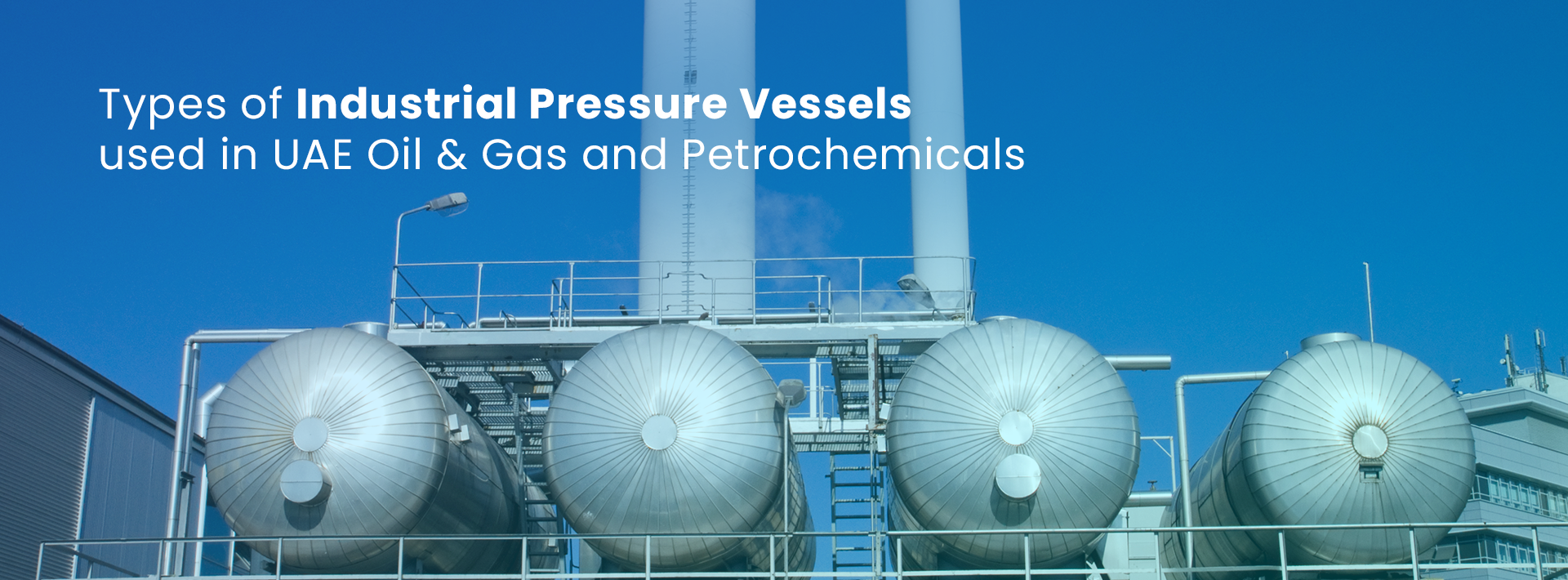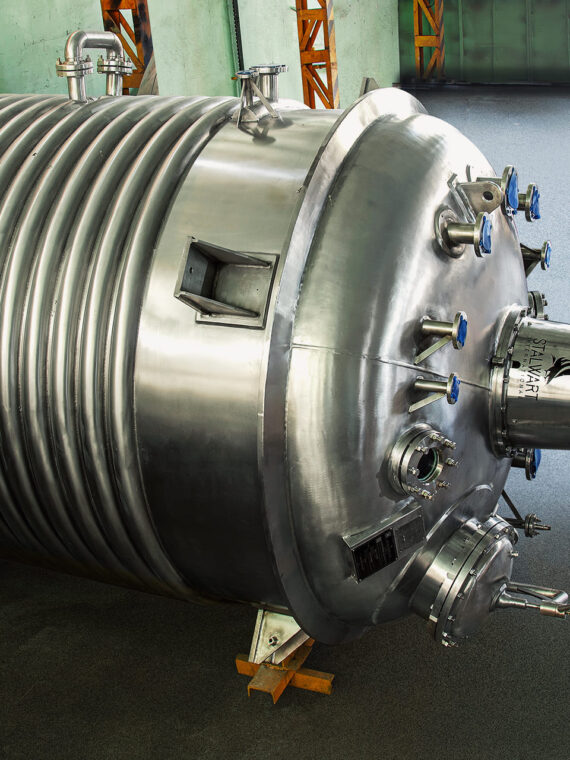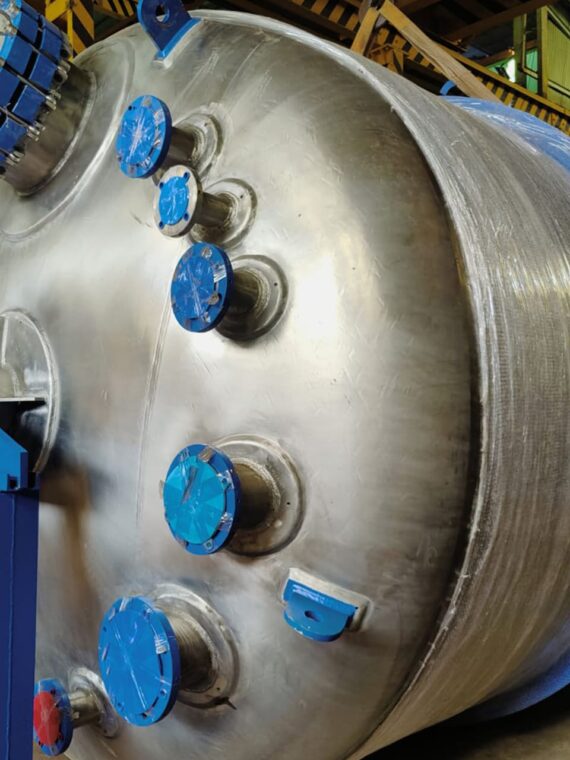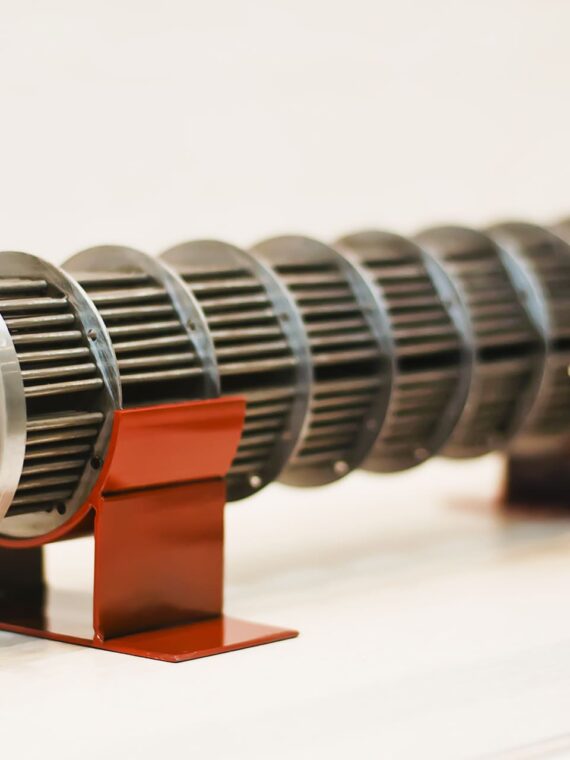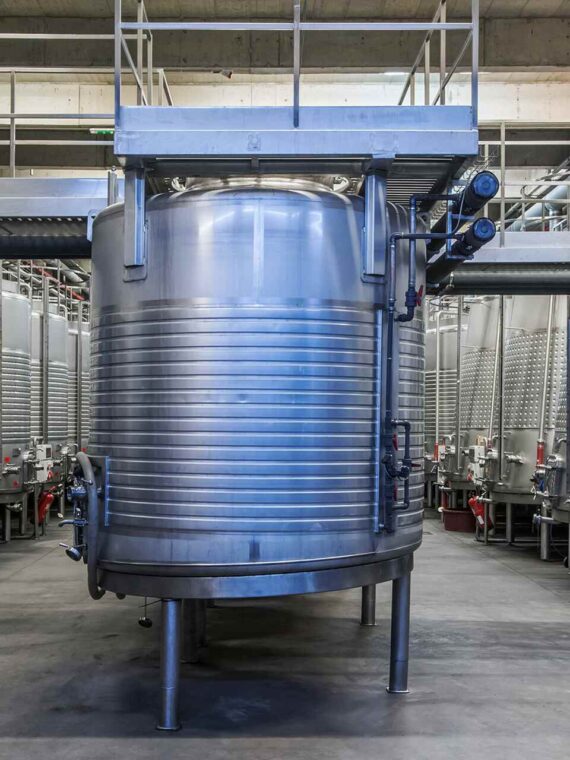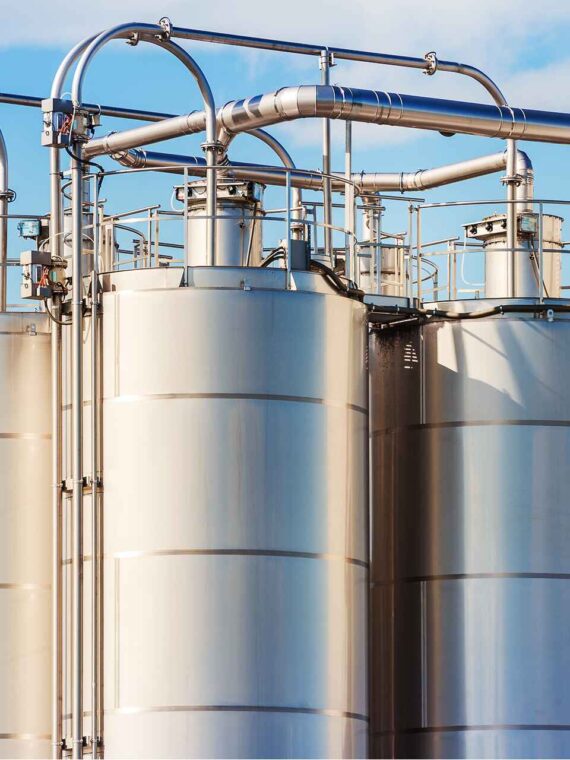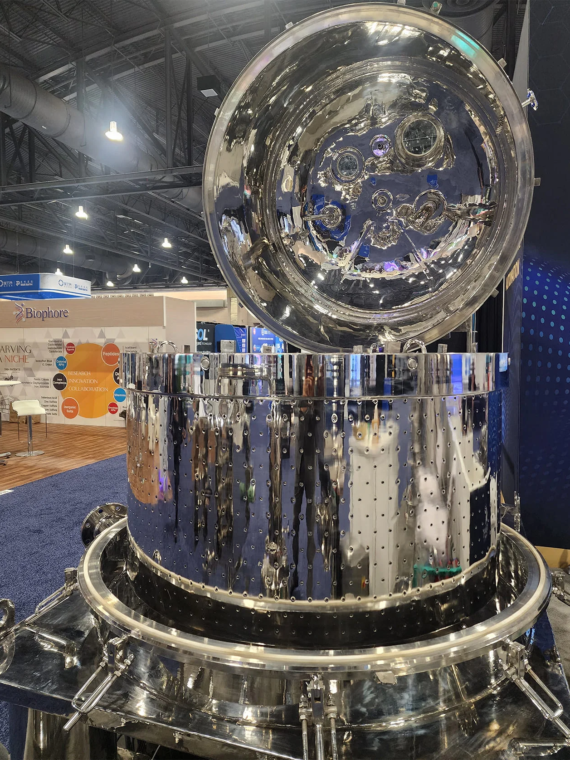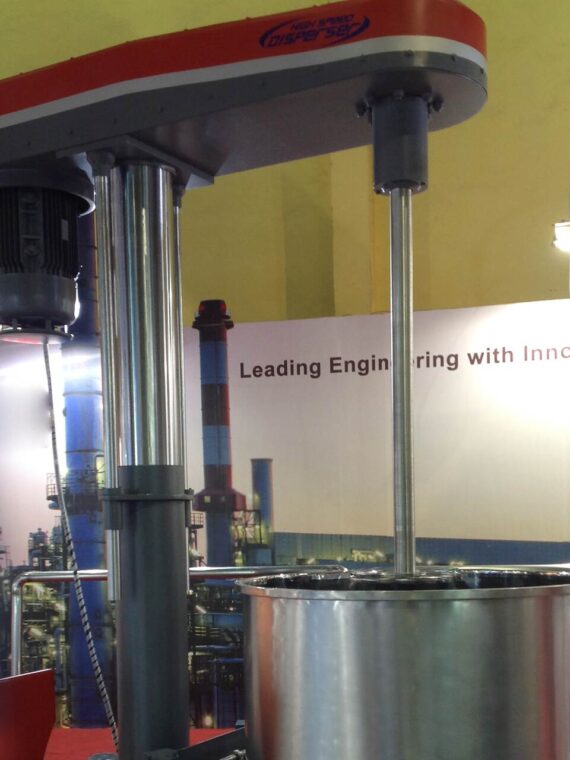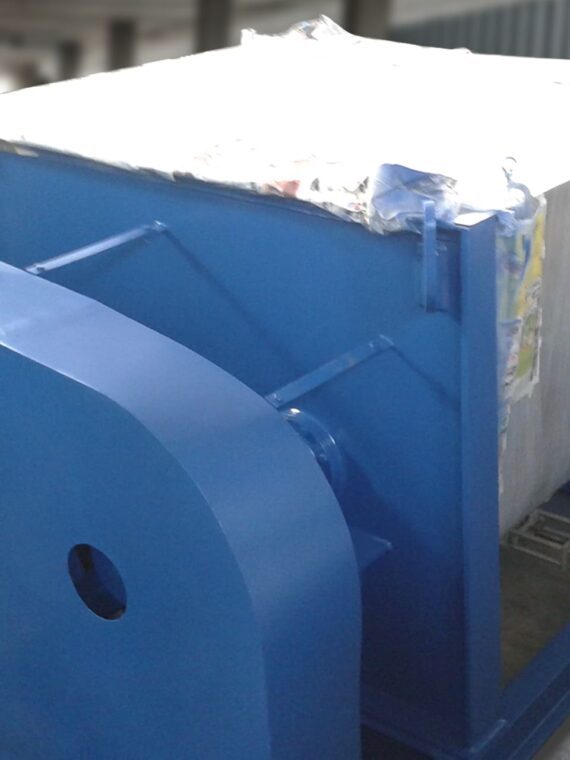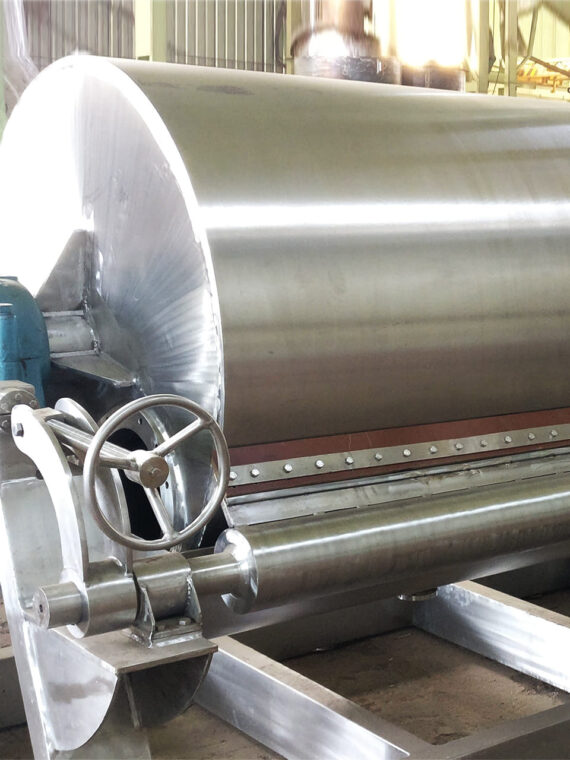In the modern world, where sustainability and efficient operation are important, a heat exchanger can be a valuable tool for reducing energy consumption and maximizing process output. Indeed, in many manufacturing sectors around the globe, including chemicals and pharmaceuticals, food processing, and energy, companies need reliable, sustainable equipment.
Indian manufacturers of heat exchangers are emerging as credible sources for the international industry, offering the most up-to-date, comprehensive, forward-thinking designs that are not only energy-efficient but also long-lasting and economical.
The Crucial Role of Heat Exchangers in Manufacturing
A heat exchanger in process industries is essentially a component. They are used to transfer heat between liquids, either to warm or cool, or to maintain a constant temperature during the manufacturing process. By recovering heat from exhaust gases, condensing vapors, and cooling process fluids, heat exchangers help industries save energy and make the entire system much more efficient.
Today, energy efficiency is not only an operational option in manufacturing but also a competitive advantage. As energy prices continue to rise and environmental regulations become more stringent, organizations are turning to effective, efficient heat exchanger designs to achieve sustainable production and minimize their carbon footprints.
Why Global Industries Prefer Indian Heat Exchangers
Over the last couple of years, Indian manufacturing capacity has transformed, and today it is considered one of the leading exporters of process equipment, especially shell-and-tube, plate, and finned-tube heat exchangers. Several forces are behind this trust:
Experts & Designing Excellence & Customizing.
Some Indian companies that produce heat exchangers to meet industry requirements include Stalwart International, HRS Process Systems, and Chem Process Systems. Suppliers in India offer tailor-made solutions that meet the process parameters, whether for high-pressure applications in petrochemical plants or hygienic applications in the food and beverage industry.
Adherence to International Standards.
To make Indian heat exchangers globally compatible, the design and production of these heat exchangers are made in terms of the international standard of quality of heat exchangers, such as:
- ASME Section VIII Division 1
- TEMA (Tubular Exchanger Manufacturers Association)
- Api 660 (American petroleum institute)
- PED (Pressure Equipment Directive, Europe)
- ISO 9001:2015 certification
Such compliance is not only a guarantee of safe operation but also of easy importation and approvals in other regions, such as Europe, the Middle East, Southeast Asia, and North America.
Nanotechnology and Sustainable Design.
Corrosion-resistant and high-performance materials used by Indian manufacturers include stainless steel, titanium, Hastelloy, and duplex steel. These materials not only extend the equipment’s life cycle but also increase thermal conductivity, making them well-suited for harsh industrial conditions.
In addition, some recent designs, such as waste heat recovery units (WHRUs) and energy-recycling condensers, play a major role in conserving energy in plants worldwide.
High Quality of Competitive Pricing.
Cost-effective engineering is one of India’s biggest strengths. The manufacturers use high-level CNC machining, automated welding, precision fabrication facilities, and have a competitive cost of production. This balance of costs and quality enables international purchasers to procure high-end process equipment without affecting performance and compliance.
Driving Energy Efficiency in Global Manufacturing
The principle of energy recovery systems is based on heat exchangers. Energy recovery systems save fuel by efficiently recovering previously wasted heat, reducing emissions, and cutting operational expenses.
Indian heat exchangers play the following role in converting the global energy efficiency:
1. Waste Heat Recovery
The large numbers of Indian-built systems are often intended for waste-heat recovery, where the heat in exhaust gases or process fluids is reused to generate steam or preheat. This goes a long way toward preventing the carbon dioxide emissions that would otherwise waste fuel.
2. Optimised Thermal Performance
With accurate design and computational fluid dynamics modeling, heat exchangers in contemporary India can achieve the highest heat transfer with the minimum pressure drop. This, in turn, will ensure better performance even in large-scale continuous industrial processes.
3. Reduced Carbon Footprint
Indian-made heat exchangers directly contribute to global decarbonization because they reduce energy demand. Many suppliers are implementing an environmental management system, such as ISO 14001:2015, to support the sustainable manufacturing of environmentally friendly products.
Applications Across Global Industries
Indian heat exchangers are driving the energy-efficient operations of a wide range of industries:
- Chemical/Petrochemical Plants: To apply distillation, condensation, and heating in the process.
- Pharmaceutical Industry: Controlled cooling and recovery of solvents.
- Food and Beverage Industry: pasteurization, sterilization, and heating in processing.
- Power Generation: Wastes to be recovered: turbine condensers, waste heat recovery, and cooling.
- Oil & Gas: To be used in refining processes and crude preheating.
Indian process equipment is versatile, can be used with a wide range of fluids, pressures, and temperatures, and thus is flexible enough for a wide range of production environments.
You May Also Like: 2 Major Types of Heat Exchangers Used in Industries for Multiple Applications
India’s Export Strength and Global Reach
With constant increases in countries like the Netherlands, Germany, the UAE, Indonesia, and the USA, the process equipment sector in India has continuously been increasing its exports. Support for Indian manufacturers is also forthcoming from government initiatives like “Make In India” and Production-Linked Incentive (PLI) schemes, which are helping them set new benchmarks in the fields of innovation and quality.
The presence of good logistics infrastructure and documentation that complies with global standards (like CE Marking, PED, etc.) has made it easier for international buyers to import heat exchangers from India.
You May Also Like: How Indian Process Equipment Manufacturers Drive Global Growth
Conclusion
With the world moving towards sustainable and energy-efficient industrial operations, Indian heat exchangers are helping global manufacturing plants attain their environmental and operational objectives. Enabling high-quality engineering, following global standards and competitive pricing, India has emerged as a global manufacturing hub for process equipment. Whether these equipments are thermal efficiency enhancers, carbon emission reducers, or low-energy processes, Indian heat exchanger manufacturers are not mere equipments – rather, they are facilitators of efficiency and sustainability in the industries of tomorrow.
FAQs
1. How are Indian heat exchangers contributing to global energy efficiency?
Indian heat exchangers are engineered for maximum heat recovery and minimal energy loss. Manufacturers use advanced designs like plate and shell-and-tube systems to reduce operational energy consumption in global manufacturing facilities.
2. Why are Indian heat exchangers gaining demand in international markets?
Due to cost-effective production, superior quality materials like stainless steel, and compliance with global standards such as TEMA and ASME, Indian heat exchangers offer both affordability and performance, making them highly competitive worldwide.
3. What innovations are Indian manufacturers bringing to heat exchanger technology?
Indian manufacturers are adopting compact designs, improved surface geometries, and digital monitoring systems for predictive maintenance — all aimed at enhancing thermal efficiency and sustainability.
4. How do heat exchangers from India support carbon reduction goals?
By optimizing energy transfer in industrial systems, Indian heat exchangers reduce fuel consumption and greenhouse gas emissions, aligning with global decarbonization and ESG targets.
5. Which industries benefit most from Indian-made heat exchangers?
Major sectors include chemical processing, power generation, HVAC, pharmaceuticals, and food processing — all relying on Indian heat exchangers to improve thermal performance and reduce operational costs.
6. What makes Indian heat exchanger manufacturers globally reliable?
Strong R&D capabilities, export experience, adherence to international safety codes, and a focus on long-term durability make Indian suppliers trusted partners for global energy-efficient solutions.


